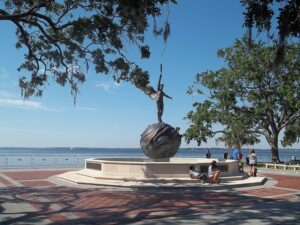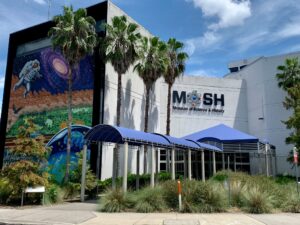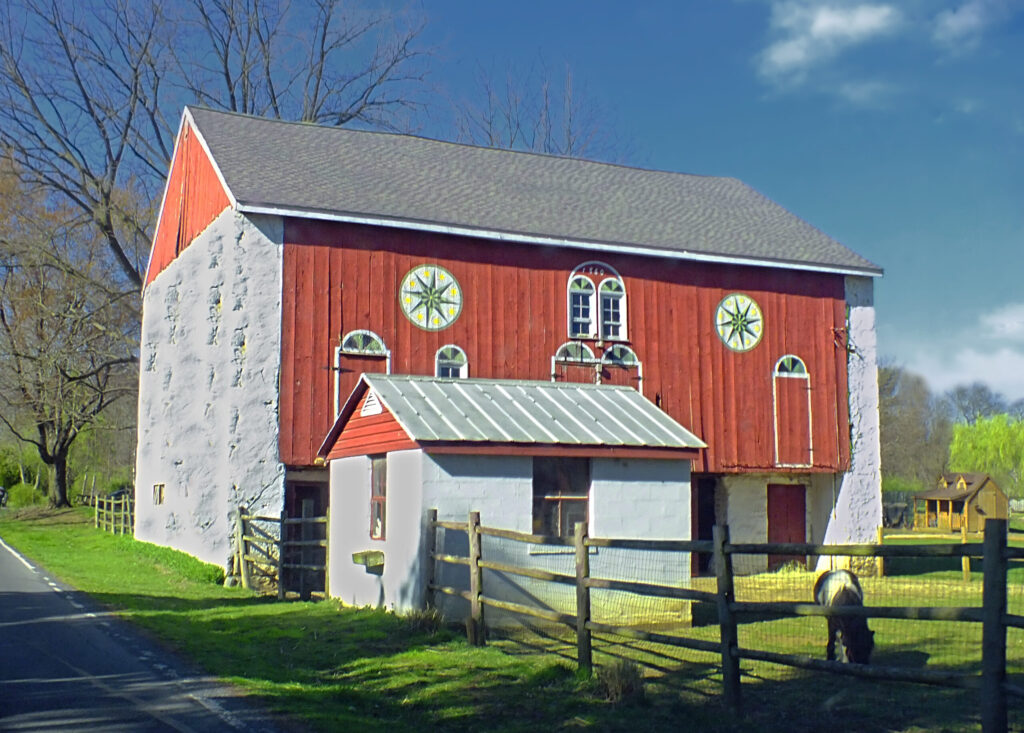
Its not too early to start thinking about the 2022 District 3 Convention in Jacksonville, Florida, hosted by Lodge 3-541 Gateway to Florida.
The Gateway to Florida Lodge in Jacksonville was instituted April 6, 1974 becoming the eighth SON lodge in Florida. We have members spanning nearly 100 years of age from all walks of life with a common enthusiasm and interest in Scandinavian heritage. Currently we have active members with Norwegian, Swedish, Finnish and Danish roots. We are focused on strong and diverse cultural and social programs which help us recruit and retain members. We maintain a very active boat program and continue to host Regattas and participate in annual area light parades. We strongly support several charitable organizations with both financial and volunteer assistance including the District Charitable Trust, Lutheran Social Services/Second Harvest Food Bank and an Adopt a School program. We proudly showcase both our lodge and our Nordic heritage through varied community events and lodge festivities such as our Syttende Mai, Scan Fest and JuleFest. Our members have participated in classes to learn conversational Norwegian, taught by one of our members for nearly six years. We routinely query our membership through an annual membership survey about program ideas and special events. We participate in both the sports medal and the cultural skills programs. Because of our attention to these details, our lodge has had steady membership growth during this decade. In 2010, the Gateway to Florida Lodge had the largest membership.
A couple of things to do.

Memorial Park is situated on the north bank of the St. Johns River, bounded by Riverside Avenue. Shortly after World War I ended, the Rotary Club of Jacksonville suggested building a park in honor of the 1,200 Floridians who died in the conflict, and the following year, the City acquired the land.
The park project was embraced by Jacksonville residents, and 31 civic groups were involved in raising money and planning. The Olmsted Brothers were commissioned to design the park. The firm also laid out the Biltmore Estate, several National Parks and numerous college campuses. They worked with local architect, Roy A. Benjamin.
The bronze sculpture, “Spiritulized Life” is showcased, and was created by Charles Adrian Pillars, a First Coast resident for over a quarter century. Pillars was also responsible for the two works of art from Florida at the National Statuary Hall in Washington, D.C.. The park, completed in 1924 and dedicated on Christmas Day, became Riverside’s most popular location.
Charles Adrian Pillars created the “Spiritualized Life” sculpture in a Beaux Arts style to ” to tell a moving story of the true spirit of those who served in WWI.” He added that he “desired this memorial to present the idea of life, its struggle and its victory.”
Pillars described “Spiritualized Life” as the depiction of a “young, winged male, forever racing the wind and holding aloft an olive branch of peace”. Pillars further said the inspiration and meaning of the “Spiritualized Life” sculpture as follows:
“The bronze grouping was conceived in an effort to create some form of memorial which would be an eternal reminder of the boys who sacrificed themselves in the World War. I desired the memorial to present the idea of life, its struggle, and victory.”
” While striving to make a composition visualizing this, I found a poem by Alan Seeger, a soldier- victim of the war. At once I saw the typical spirit of the boys who went overseas – saw with their eyes a world in the insane grip of greed and ambition, caught in the ceaseless swirl of selfishness, hate and covetousness, ever struggling against submergence. I saw these boys giving up their homes, sweethearts, wives and mothers to go overseas and through the supreme sacrifice make secure the happiness and safety of their loved ones. With this vivid picture in mind, I constructed a sphere to represent the world, engirdled with masses of swirling water typifying the chaotic earth forces. In this surging mass of waters, I shaped human figures, all striving to rise above this flood, struggling for mere existence. Last, surmounting these swirling waters, with their human freight, I placed the winged figure of Youth, representative of spiritual life, the spirit of these boys which was the spirit of victory. Immortality attained not through death, but deeds; not a victory of brute force, but of spirit. This figure of Youth Sacrificed wears his crown of laurels won. He holds aloft an olive branch, the emblem of peace.”
A bronze plaque on one side of the fountain uses Pillars words with an inscription that reads, “Spiritualized Life – symbolized by the winged figure of youth – rises triumphantly from the swirl of war’s chaos, which engulfs humanity and faces the future courageously.”
The Memorial Park Association (MPA) was founded in 1986 by Anne Freeman, and has worked to preserve the park for over a quarter century. High winds uprooted and toppled many trees in 1997, but city employees and MPA volunteers worked together to restore the park. Two 48″ tall eagles, each sculpted in bronze, were donated by the MPA and dedicated on May 29, 2011. Their design was based on photographs of concrete statues originally installed when the park was opened. The artist was local sculptor, Diane LaFond Insetta. On September 11, 2017, Hurricane Irma flooded the park and destroyed the balustrade along the seawall. As of 2020, it has yet to be fixed.
Despite the loss of many trees in 1997, the area along the riverfront still provides welcome shade for people, fishing, jogging, pushing a stroller, or just sitting on a bench and reading.
 The Museum of Science & History (MOSH) is a museum in Jacksonville, Florida. It is a private, non-profit institution located on the Southbank Riverwalk, and the city’s most visited museum. It specializes in science and local history exhibits. It features a large traveling exhibit that changes quarterly, three floors of permanent and signature exhibits, and the Bryan-Gooding Planetarium.
The Museum of Science & History (MOSH) is a museum in Jacksonville, Florida. It is a private, non-profit institution located on the Southbank Riverwalk, and the city’s most visited museum. It specializes in science and local history exhibits. It features a large traveling exhibit that changes quarterly, three floors of permanent and signature exhibits, and the Bryan-Gooding Planetarium.
The roots of MOSH go back to 1941 when the Jacksonville Children’s Museum was chartered. The first permanent home was a Victorian mansion in Riverside. Construction began on the current location downtown in 1965, and the facility opened in 1969. The Jacksonville Children’s Museum became the Jacksonville Museum of Arts and Sciences in 1977 and six years later, they were accredited by the American Alliance of Museums. The name was changed to Museum of Science and History in 1988 and 37,500 square feet (3,480 m2) of space was added, including the planetarium then known as the Alexander Brest Planetarium. The last building renovation occurred in 1994 resulting in a total of 82,200 square feet (7,640 m2). In 2010 the Planetarium was upgraded with a new projector, sound system, and interior work, and renamed the Bryan-Gooding Planetarium. In 2013, the museum opened a new core exhibit, JEA PowerPlay: Understanding Our Energy Choices and the newly renovated JEA Science Theater. In 2016, the museum opened another new core exhibit, Health in Motion: Discover What MOVES You, as well as a new outdoor sustainable landscape exhibit called JEA HydroLogic.
